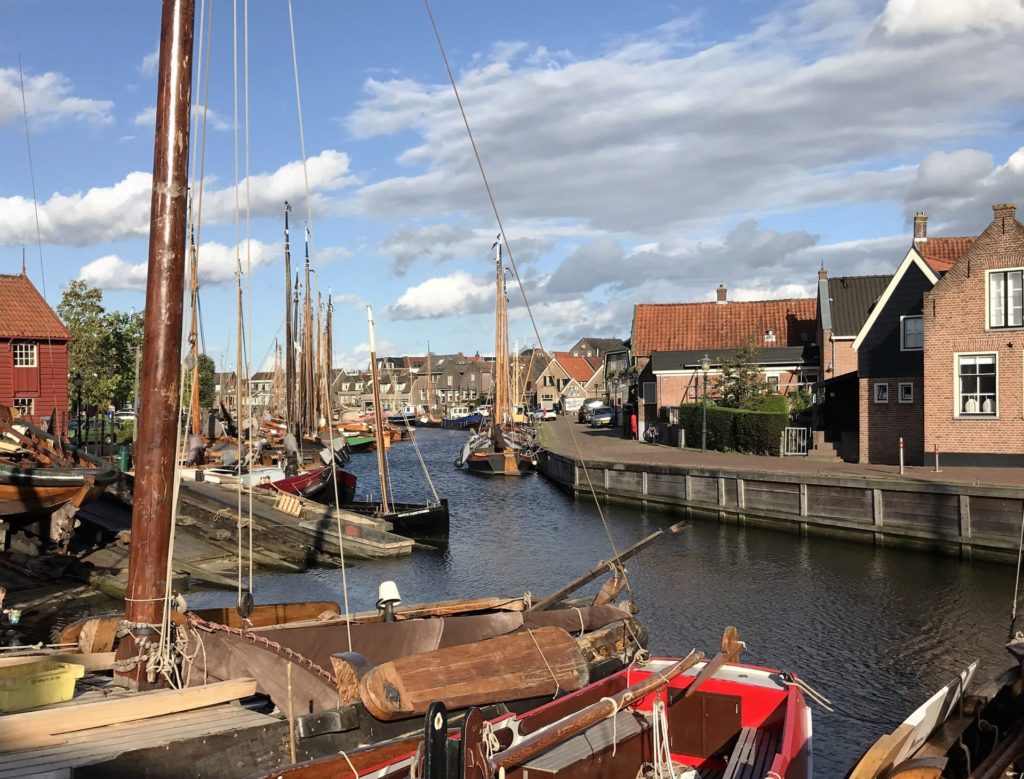 Although I have been living in Montenegro for almost five decades, at least once a year I visit my home country, the Netherlands. I must admit that my feelings towards these trips are rather ambivalent. On the one hand, it’s always a pleasure to visit relatives and friends. I also like to do some shopping and sightseeing, and eat my favorite “kroketten”, “haring” and “stroopwafels”. But on the other hand, I don’t like the crowds, the traffic jams and the countless rules and regulations that make me feel limited in my freedom. And, honestly speaking, I hate the Dutch climate. As we always travel to the Netherlands in September, we can’t avoid the first autumn storms, fog and heavy rain.
Although I have been living in Montenegro for almost five decades, at least once a year I visit my home country, the Netherlands. I must admit that my feelings towards these trips are rather ambivalent. On the one hand, it’s always a pleasure to visit relatives and friends. I also like to do some shopping and sightseeing, and eat my favorite “kroketten”, “haring” and “stroopwafels”. But on the other hand, I don’t like the crowds, the traffic jams and the countless rules and regulations that make me feel limited in my freedom. And, honestly speaking, I hate the Dutch climate. As we always travel to the Netherlands in September, we can’t avoid the first autumn storms, fog and heavy rain.
Why did I change my mind this time? Well, I had a few experiences that made me think different about stormy weather. We visited my father’s birth place, Bunschoten/Spakenburg, and spent the night at a picturesque camper site near the marina. We were the only tourists. Around us just water and clouds. And the Dutch light! At sunset and dawn, the colors of the sky were just fantastic. I woke up by the sound of the first wild geese flying to the south. The water – once part of the sea, but now a recreation lake between the village and the impoldered province of Flevoland – was full of water birds. Coots, white swans, ducks, cormorants…
The weather was cold and windy and the clouds were moving fast, changing forms and colors.
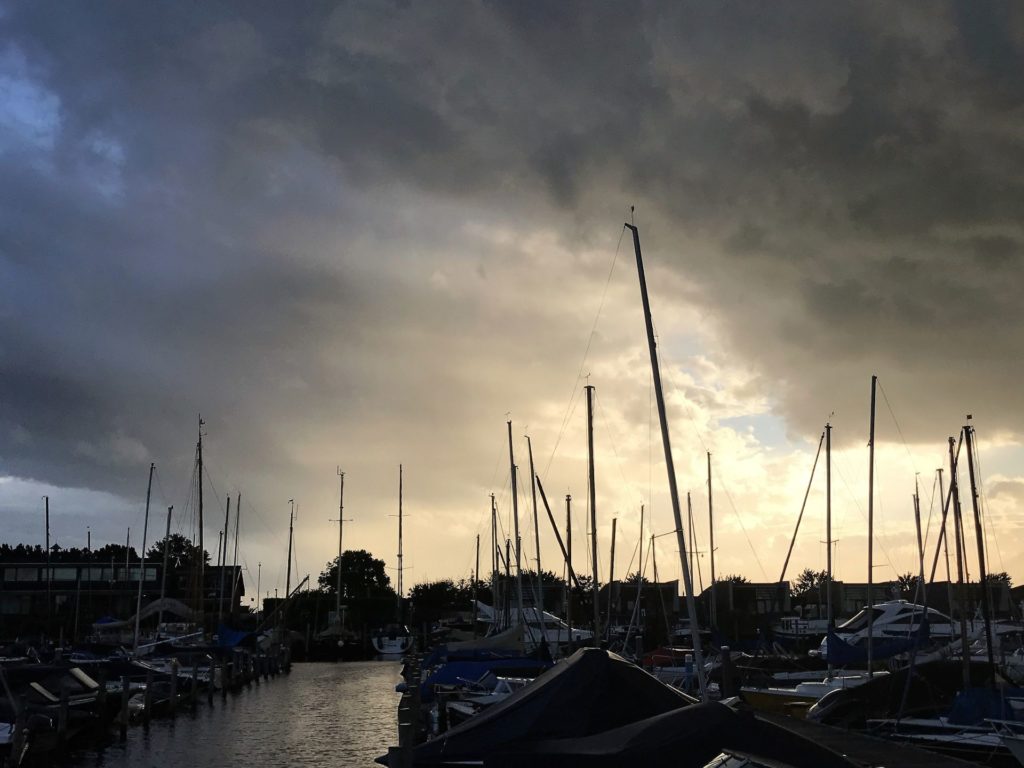 Did you know that the Dutch language has many names for different forms of clouds? Cauliflower clouds, stacked clouds or sheep clouds – it is easy to understand why we call them the way we do. The impressive cumulus clouds inspired many famous Dutch painters in times past. Art lovers also know them by the name ‘ruisdael clouds’ after the famous landscape painter Jacob van Ruisdael, who lived in the 17th century.
Did you know that the Dutch language has many names for different forms of clouds? Cauliflower clouds, stacked clouds or sheep clouds – it is easy to understand why we call them the way we do. The impressive cumulus clouds inspired many famous Dutch painters in times past. Art lovers also know them by the name ‘ruisdael clouds’ after the famous landscape painter Jacob van Ruisdael, who lived in the 17th century.
What makes the light in Holland so special? Why do Dutch skies attract generations of artists? Rembrandt, Pieter Breughel, Meindert Hobbema, Aelbert Cuyp, Vincent van Gogh… It is easy to understand the beauty of their paintings showing how the landscape is lifted up in one place, where the sun breaks through the grey sky, or how stormy clouds reflect in the sea water.
But during this trip, I also learned more about another famous Dutch painter: Hendrik Willem Mesdag. Paul took me to his birth place, The Hague, and showed me something that may not be among the first priorities when visiting this city, but certainly deserves a special place on the top list of attractions: Panorama Mesdag, the biggest painting of the Netherlands.
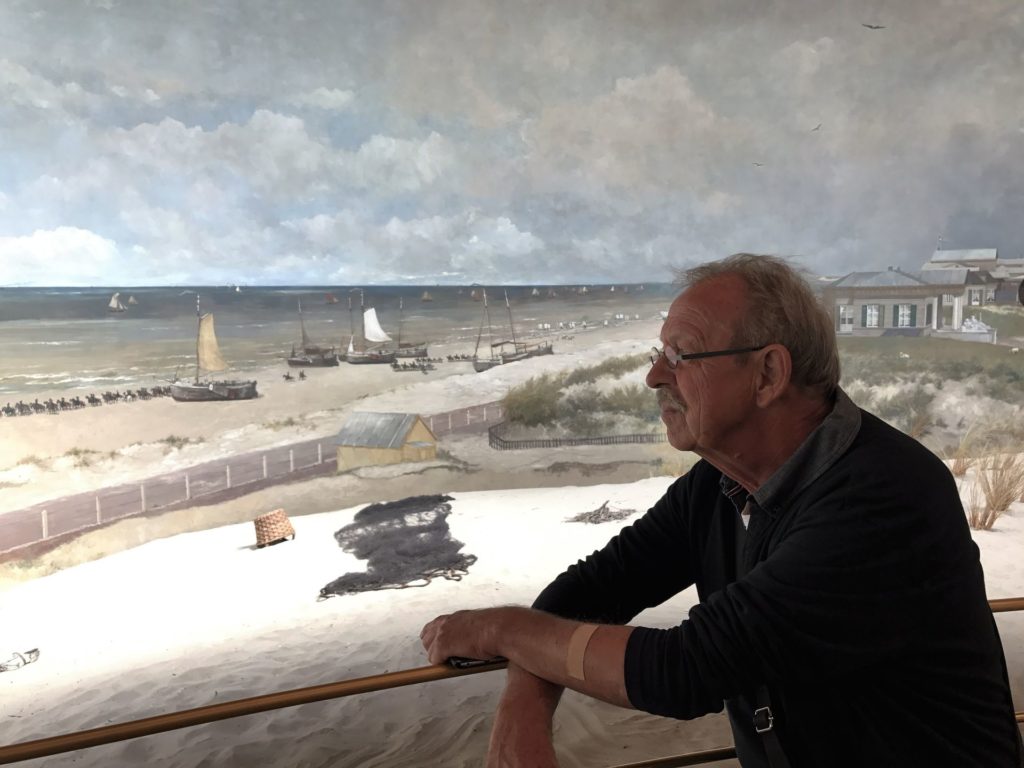 This cylindrical painting, 14 meters high and about 40 meters in diameter (120 meters in circumference), was completed by 1881 and can be found in its original building.
This cylindrical painting, 14 meters high and about 40 meters in diameter (120 meters in circumference), was completed by 1881 and can be found in its original building.
As I climbed the stairs to the observation gallery in the center of the building, I found myself in the middle of a dream world. The cylindrical perspective created the illusion that I was standing on a high sand dune overlooking the sea, beaches and the village of Scheveningen in the late 19th century. A foreground of fake terrain around the viewing gallery hides the base of the painting and makes the illusion more convincing. This is completed by the sound of the waves and the wind, the squeezing of seagulls. On the edge of dream and reality, the painting gave me an amazing sensation of freedom, nature and tranquility.
Back home, I understand why my favorite place in Montenegro is Durmitor National Park – maybe the vast plateau Jezerska Površ with its impressive clouds and fresh air reminds me of my home country? But one thing I know for sure: I could not live without the Montenegrin mountains…
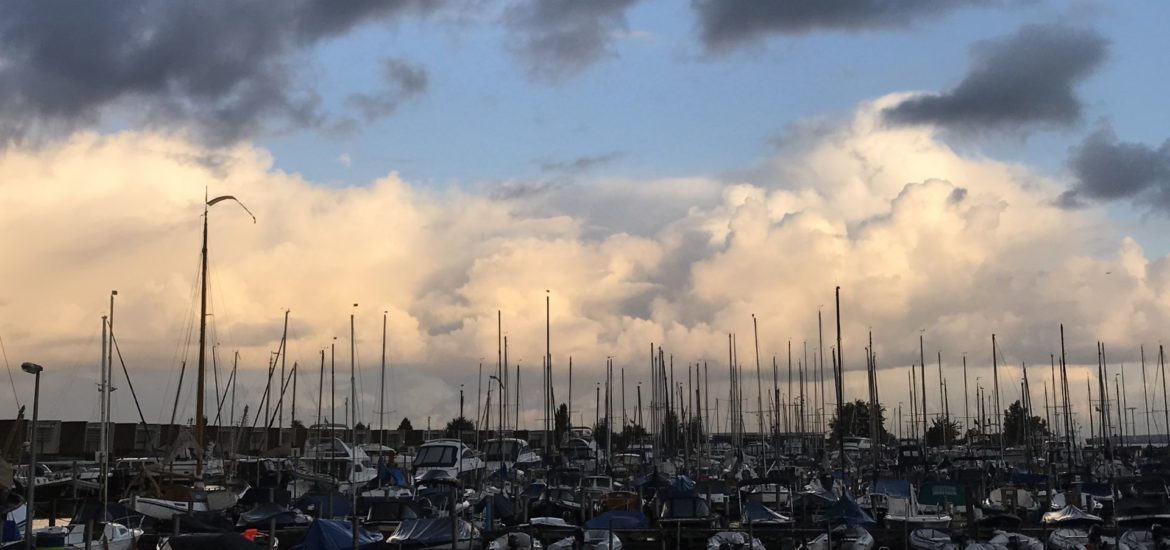
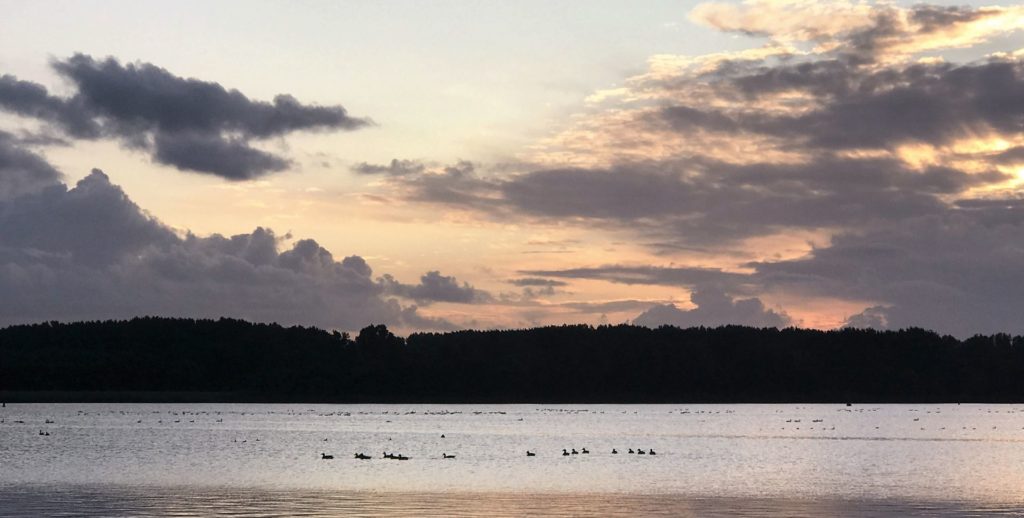
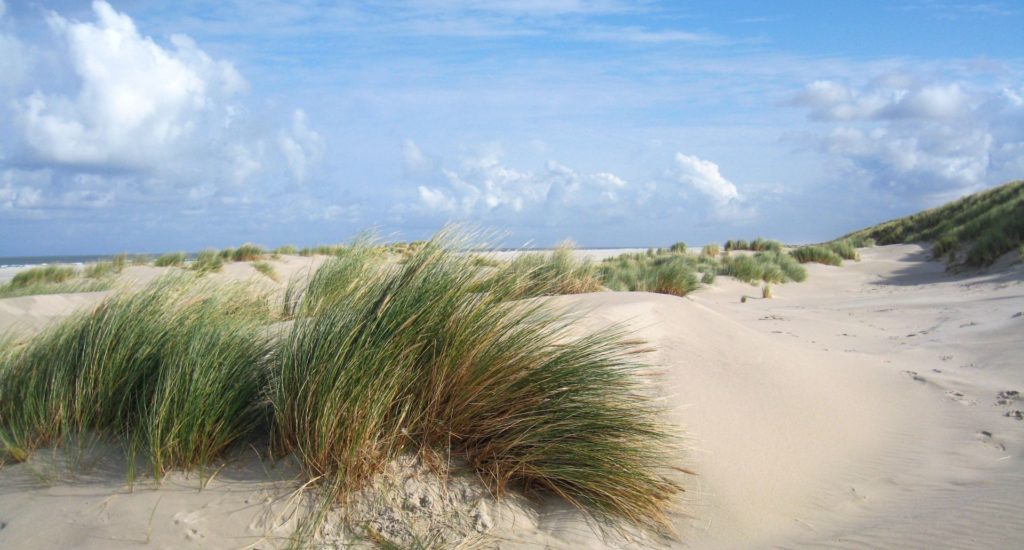
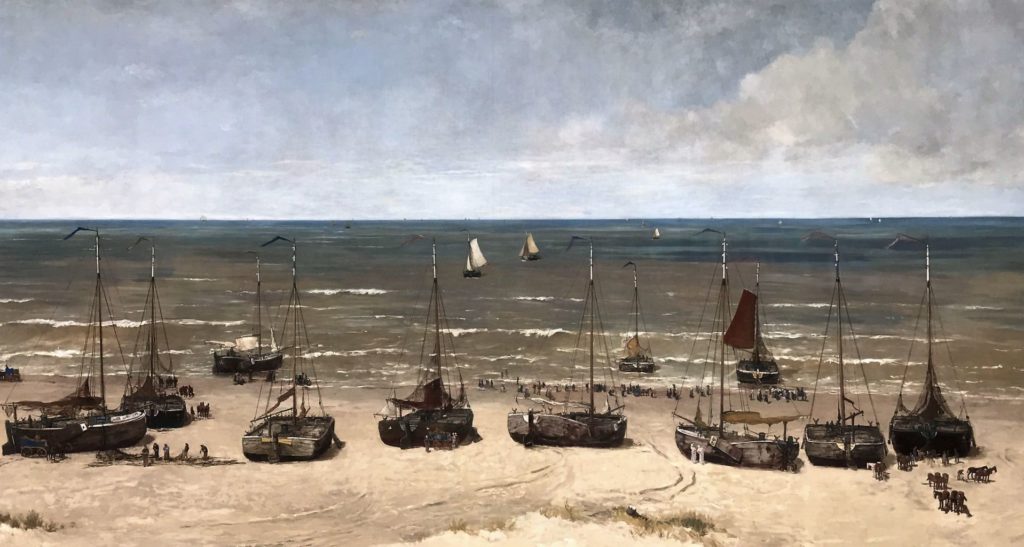
That’s wonderful. I, on the other hand, grew up in Montenegro and adore Amsterdam. Can’t wait to go back – but I should probably leave the city every now and again for other parts of Holland.